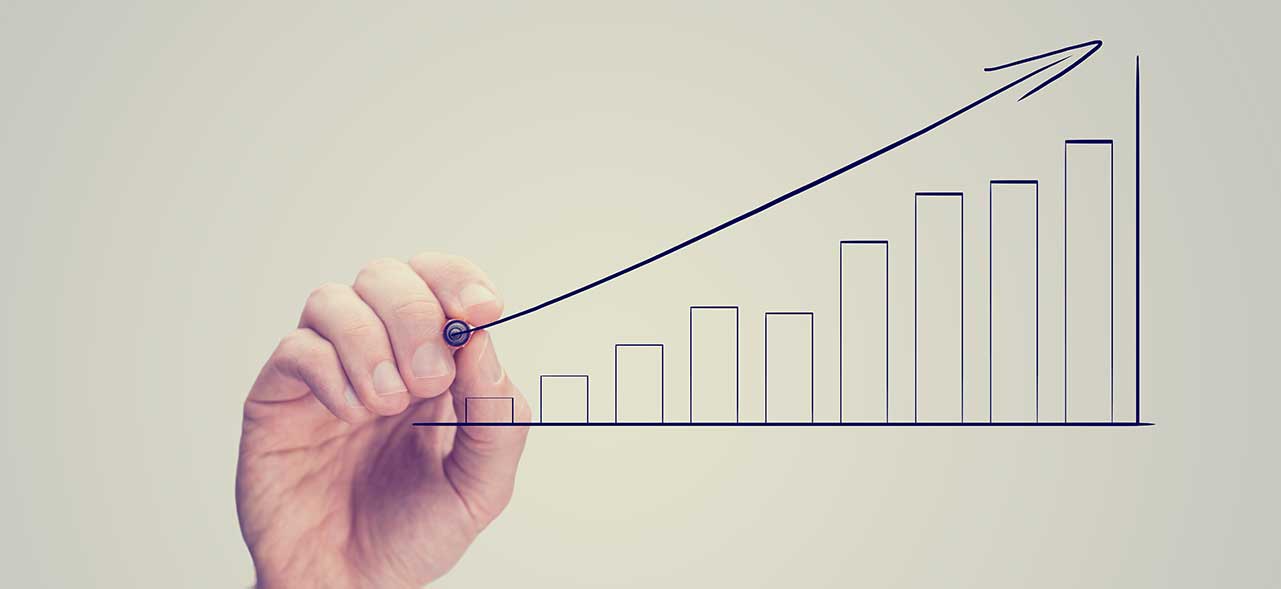
Small Business Exits: M&A closed deal data from June
Welcome to the June edition of Small Business Exits, the monthly publication featuring fully anonymized deal data from a selection…
During negotiations in an M&A deal, buyers and sellers look closely at several factors in order to agree on a price that properly captures a company’s value.
One of the closely examined metrics in this process is EBITDA, which stands for earnings before interest, taxes, depreciation, and amortization. EBITDA is used as a way to measure company performance. EBITDA indicates whether a business is profitable by revealing the amount of its normal operational earnings.
EBITDA has many uses in addition to the M&A sales process. For traders, analysts, portfolio managers, and others, it is an indicator of whether companies are properly valued. It is also a gauge for lenders to know if companies will be able to pay their future debt obligations. However, while EBITDA provides a valuable snapshot of a point in time in a firm’s cycle, it does not necessarily provide a complete picture of a business’ true value or performance.
What is EBITDA? If you’re considering selling your company, understanding how EBITDA is calculated can help you present your company’s financials in a way that makes your firm’s post-sale cash flow attractive to buyers.
Investors use EBITDA to measure the enterprise value of the company.
“In a sale process, generally what a buyer pays for a company is a multiple of EBITDA,” says James Cassel, chairman of Cassel Salpeter & Co. (an Axial member).
Many think of EBITDA as synonymous to a company’s cash flow, but is this really the case?
Adams Price, a managing director at The Forbes M&A Group (an Axial member) says that EBITDA serves as “a proxy for pre-tax operational cash flow. It gives a sense of what cash flows might be expected to come out of the business after an M&A transaction.” Since a company’s depreciation, amortization, debt, and tax profile can change as a result of a deal, EBITDA removes those components from the picture. EBITDA is also a more standardized way for buyers to compare companies within their respective sectors.
What EBITDA effectively does, according to Cassel, is take the earnings of a company while not accounting for capital expenditures (capex) and the interest on a company’s debt.
EBITDA removes the factors that distort a company’s profit from the equation. This is why even though EBITDA is not precisely cash flow, it can be considered the best proxy.
Read more about Why EBITDA Is Not Cash Flow here.
What goes into calculating EBITDA? Kenneth Eades, a professor of business administration at the Darden School of Business, explains how EBITDA is calculated to arrive at this standardized number. “The metric starts with EBIT,” a company’s profit before interest and taxes, “which is a nice number because it indicates how much profit a company produces before it pays debt holders and the government,” Eades says.
After taking EBIT and adding back the depreciation and amortization expenses for the period, we get EBITDA. EBITDA has the benefit of being a number that is not affected by how much debt a company carries. However, “this comparison is ideally used within the same industry because the depreciation and amortization part of EBITDA will differ across industries,” Eades says.
Depreciation expense is created when the cost of a long-term asset is divided and reported as an expense over a period of time. For instance, companies that are in capital intensive industries often have a lot of equipment on the books that creates a significant depreciation expense. When this depreciation expense is added to EBIT, the resulting figure is significantly larger. By contrast, other industries will have little or no depreciation to add back, which means the two figures will be approximately the same value.
While depreciation relates to “real” assets such as equipment, amortization involves adding back expenses tied with intangible assets such as intellectual property or patents. An amortization expense is created when a cost of a patent, for instance, is divided over the length of the patent’s life.
There are differences in companies’ multiples and earnings. When buying the assets of a company, the transactions are mostly on a cash-free and debt-free basis, with the debt being paid off at closing. In terms of cash flow, buyers look at non-cash items such as depreciation. From these, many private equity firms come up with a range of multiples of EBITDA depending on the industry and business characteristics.
